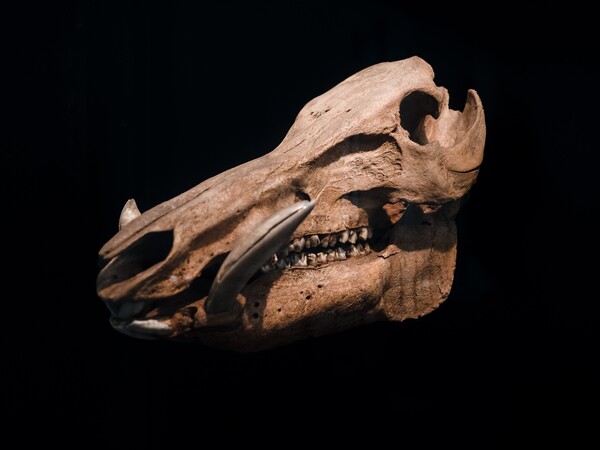Scientists see a potential extinction crisis

[Extinction/Photo Credit to Unsplash]
Species have been vanishing at a concerning rate, more than 1 million species are currently on the brink; this massive vanishing rate has never been seen in 10 million years and scientists warn that Earth has entered a sixth mass extinction.
A mass extinction occurs when the extinction rate jumps so high that more than 75% of the world’s species go extinct within the relatively short time frame of around 2 million years.
Scientists have gathered that this mass extinction has only happened five times over the last half-billion years from studying Earth’s fossil record.
Species vanish by becoming extinct, an irreversible condition.
A study from the National Academy Science states “The resulting biological annihilation obviously will have serious ecological, economic and social consequences. Humanity will eventually pay a very high price for the decimation of the only assemblage of life that we know of in the universe.”
When species go extinct, ecosystems are ruined as the roles that the species hold within that ecosystem become unfulfilled.
For example, important roles in the ecosystem such as pollinating certain plants, churning nutrients in soil and keeping other animals in check could soon remain unfulfilled.
If that function was important, the species’ disappearance could cause many hazards such as landscape transformation and lead to even more endangered species.
The worst case scenario could be the collapse of an entire ecosystem.
Moreover, it is important to preserve species because when species are lost, their whole set of characteristics, genes and interactions with other species disappear.
Their traits which have taken eons to evolve should not be lost suddenly.
Most species don’t simply go extinct suddenly.
They usually become classified as endangered and then fade out.
Human activities are the main cause for this extinction crisis.
Human activities that destroy animal habitats, pollute ecosystems, fuel global warming, and overhunt are especially driving this extinction crisis.
An increasing rate of species vanishing could be clearly seen from the mid-19th century, the beginnings of the Industrial Revolution.
This shows that the development of technology and increase in human population and activity have had an effect on the rapid rate of extinction.
Notable extinct species such as the Dodo bird and Pinta Island tortoise have thankfully raised awareness to the public of this issue.
Moreover, the public has been inspired to seek out ways to help.
The IUCN has been categorizing species by the state they are in to identify which are at risk of going extinct.
From 1993, the world has worked to conserve species to help prevent extinction of species using methods such as captive breeding, habitat restoration, and creating laws and regulations surrounding conservation.
According to a 2020 study published in the journal Conservation Letters, these efforts have helped to prevent the extinction of 32 bird species and 16 mammals worldwide.
Another project, Kunming-Montreal Global Biodiversity Framework, is on the way to increase global conservation efforts by designating 30% of the planet as a protected zone.
Even if losing hundreds of species over a long period of time might seem small compared to the millions of species out there, we must consider that species are vanishing faster than they can evolve.

- Jacob Lee / Grade 10
- North London Collegiate School

![THE HERALD STUDENT REPORTERS [US]](/assets/images/logo_student_us.png)
![THE HERALD STUDENT REPORTERS [Canada]](/assets/images/logo_student_ca.png)
